HYPOTHESIS AND THEORY
Published on 18 Jul 2018
Beyond Rehabilitation of Acuity, Ocular Alignment, and Binocularity in Infantile Strabismus
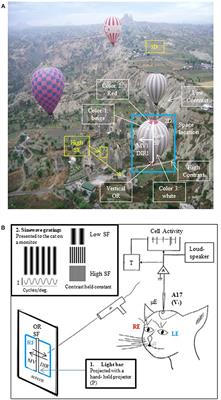
doi 10.3389/fnsys.2018.00029
- 6,158 views
- 11 citations
20k
Total downloads
115k
Total views and downloads
You will be redirected to our submission process.
HYPOTHESIS AND THEORY
Published on 18 Jul 2018

MINI REVIEW
Published on 01 Nov 2017
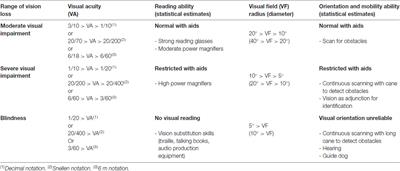
REVIEW
Published on 29 Aug 2017
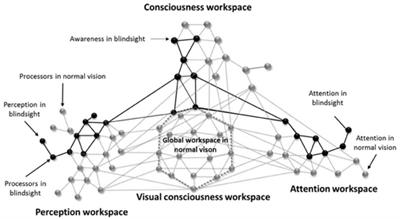
REVIEW
Published on 05 Jan 2017
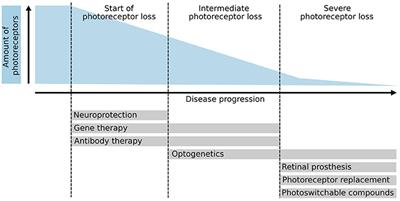
REVIEW
Published on 27 Dec 2016

ORIGINAL RESEARCH
Published on 26 Dec 2016
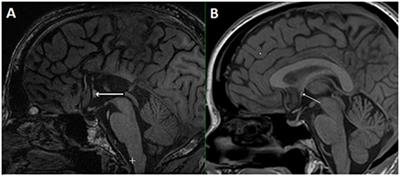
REVIEW
Published on 14 Nov 2016
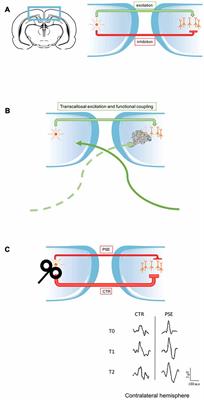
PERSPECTIVE
Published on 08 Nov 2016
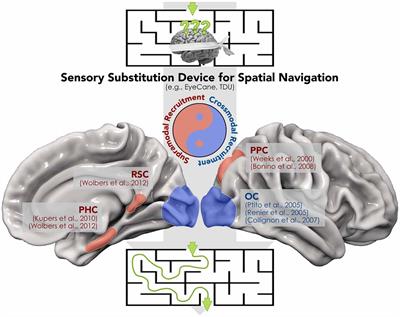
ORIGINAL RESEARCH
Published on 06 Sep 2016

REVIEW
Published on 02 Sep 2016

REVIEW
Published on 30 Aug 2016

ORIGINAL RESEARCH
Published on 02 Aug 2016

